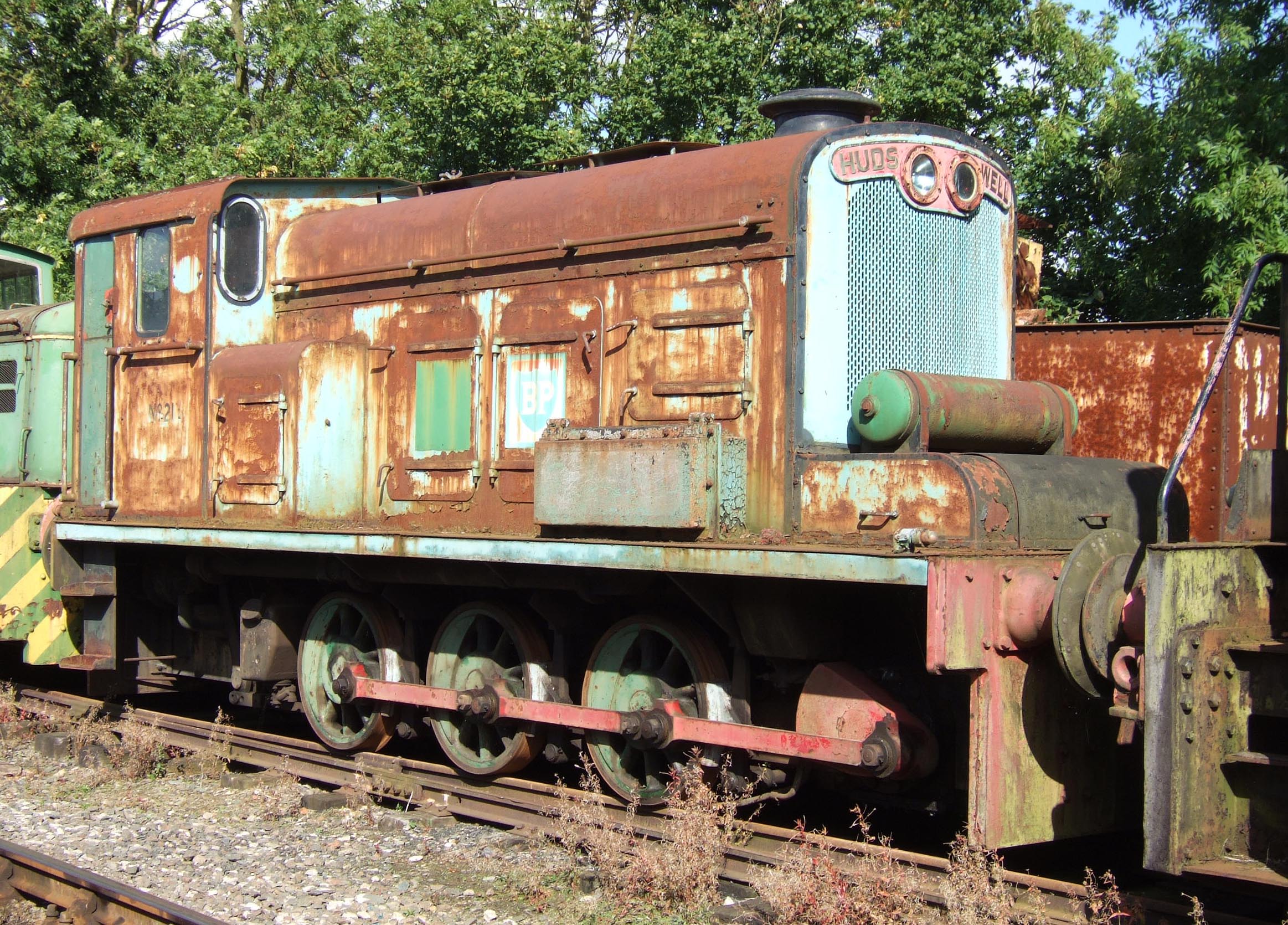- British Rail Class D2/7
Infobox Locomotive
name = British Rail Class D2/7
powertype = Diesel-mechanical
caption = A Hudswell Clarke industrial diesel locomotive similar to the British Rail Class D2/7
roadnumber = 11116–11120, 11144–11148; D2500–D2509 from 1958–1962
builder =Hudswell Clarke
serialnumber = D898–D902, D938–D942
builddate = 1955–1956
gauge = RailGauge|ussg|lk=on
primemover = Gardner 8L3
transmission = Mechanical, SSS Powerflow three-speed gearbox
whytetype = 0-6-0 DM
uicclass = C
wheeldiameter = convert|3|ft|6|in|m|3|abbr=on
minimumcurve =
trainbrakes = None
locobrakeforce =
wheelbase =
length =
width =
height =
weight = convert|36.35|LT|lk=on
topspeed = convert|14|mph|km/h|0|abbr=on|lk=on
poweroutput = "Engine:" convert|204|bhp|kW|abbr=on|lk=on
tractiveeffort = convert|16100|lbf|kN|1|abbr=on
fuelc
trainheating = None
multipleworking = Not fitted
axleloadclass =Route availability 4
railroad =British Railways
railroadclass = D2/7; later 2/14; no TOPS class
retiredate = 1967
disposition = All scrappedBritish Rail Class D2/7 was a locomotive commissioned by
British Rail inEngland . It was a diesel powered locomotive in the pre-TOPS period built byHudswell Clarke with a Gardner engine. The mechanical transmission, using a scoop controlfluid coupling and three-speed "Power-flow SSS" (synchro-self-shifting) gearbox [ [http://www.dmm-gallery.org.uk/colleng/4805-01.htm Durham Mining Museum - Colliery Engineering ] ] , was a Hudswell Clarke speciality.The D2/7 was of old-fashioned appearance with a full-height engine casing and a small, steam locomotive-type, chimney. The later
British Rail Class D2/12 , although mechanically similar, was of more modern appearance.ee also
List of British Rail classes References
ources
* Ian Allan ABC of British Railways Locomotives, winter 1962/3 edition, page 199
Wikimedia Foundation. 2010.
